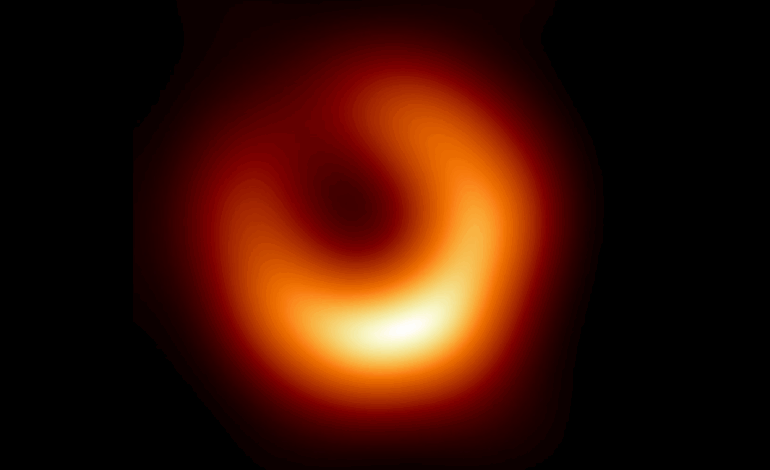Miniature Spacecraft Could Reach Nearby Black Hole, Researcher Proposes

A groundbreaking proposal suggests that a miniature, laser-propelled spacecraft could one day travel to a nearby black hole, according to astrophysicist Cosimo Bambi. The concept, detailed in a paper published on August 7, 2023, aims to test the limits of Albert Einstein‘s theory of general relativity in extreme cosmic environments. This ambitious mission could potentially be achievable within a lifetime.
Bambi, a researcher at Fudan University in China, emphasizes that while the idea may seem akin to science fiction, it is grounded in real physics. He points out that scientific advancements often begin with bold ideas that challenge conventional wisdom. “It may sound really crazy,” Bambi stated, “but people said we’d never detect gravitational waves because they’re too weak. We did—100 years later. People thought we’d never observe the shadows of black holes. Now, 50 years later, we have images of two.”
The proposed mission involves launching tiny spacecraft, referred to as “nanocrafts,” to orbit a black hole located between 20 to 25 light-years from Earth. Each gram-scale probe would feature sensors and a light sail, propelled to nearly a third of the speed of light by powerful ground-based lasers. At this velocity, a nanocraft could reach its target in approximately 60 to 75 years, with data transmission back to Earth taking an additional 20 to 25 years, resulting in a total mission duration of nearly a century.
One of the mission’s primary objectives would be to determine whether black holes possess event horizons, the theoretical boundaries beyond which nothing, not even light, can escape. Although general relativity predicts these phenomena, they have never been directly confirmed. The mission proposes that one nanocraft would observe another as it descends towards the black hole. If an event horizon exists, the signal from the falling probe should gradually redshift and fade, in line with Einstein’s predictions. Conversely, if the black hole is a “fuzzball”—a theoretical object without an event horizon—the signal could disappear more abruptly, possibly indicating new physics.
“We would be able to obtain very valuable information about black holes and general relativity that might be difficult to obtain in other ways,” Bambi explained in his paper.
The success of this mission hinges on two significant advances: the discovery of a sufficiently close black hole and the development of laser propulsion systems along with miniature spacecraft capable of withstanding interstellar travel. Currently, the closest known black hole, Gaia BH1, is located over 1,500 light-years from Earth. Despite this, stellar evolution models suggest that an undiscovered black hole could exist just 20 to 25 light-years away. “I think it’s reasonable to expect we could find a nearby one within the next decade,” Bambi noted.
At present, constructing the necessary laser array would cost around $1.1 trillion, a figure well beyond current scientific budgets. Nevertheless, Bambi is optimistic that if technological trends continue, this cost could decrease to approximately €1 billion within 30 years, making it comparable to existing flagship space missions. “We don’t have the technology now,” he stated, “but in 20 or 30 years, we might.”
Bambi concludes that if a black hole within 20–25 light-years is discovered, the challenge of developing the required technology to send a probe may simply be a matter of time. His research was published in the journal iScience, underscoring the potential for future advancements in our understanding of the universe.






